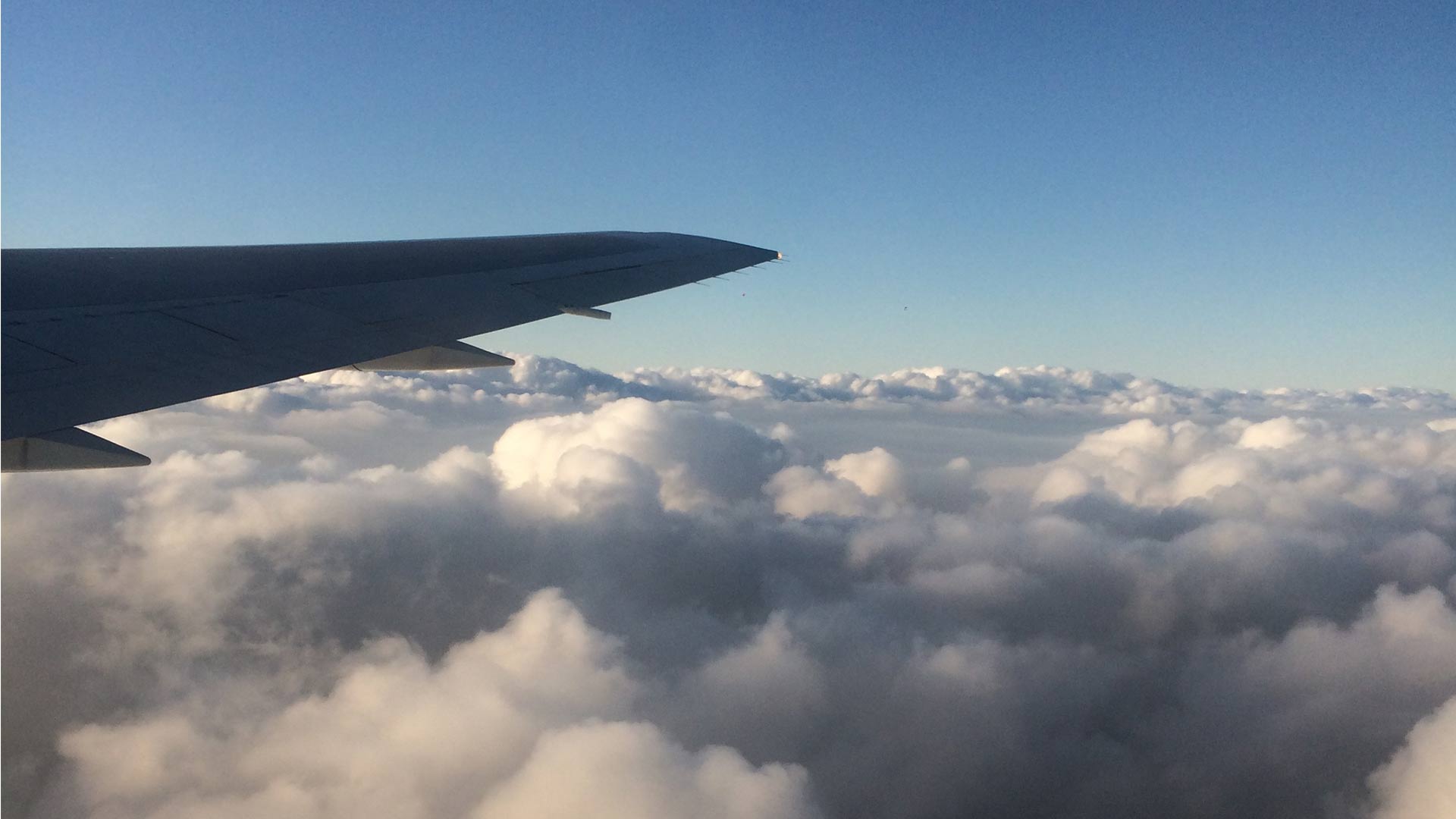The world's our oyster
As we’ve recently become a fully-fledged international lighting design consultancy – with the opening of our office in the Middle East – it seems like a good time to reflect on the importance and relevance of travel within our industry. As a consultancy we’ve been multinational long before we committed to becoming international. Throughout our project base clients, designers and manufacturers come from a variety of backgrounds and cultures, without which we would be far less busy and without doubt, far less inspired.
Lighting designers are by definition curious people; as I write this I sit in a room with people hailing from 12 nations all united by a passion for design and fundamentally a desire to travel that unites us as a practice.
Whilst we can now draw inspiration from a world of different designs and cultures from the comfort of our Mac, this will not necessarily offer us a true insight into why particular influences exist. London is a world hub for both architecture and lighting design, which attracts talented designers from across the globe and in turn enriches and strengthens its ability to produce unique and progressive projects.
Travel through work will take you to locations that are otherwise unlikely to make your bucket list, from the United Nation’s offices in Geneva to the Al Rasheed Hotel in Baghdad. As a lighting designer travel presents opportunities for more in-depth inspiration and potentially original thinking, but more importantly it broadens our appreciation of the frequency that design and civilisation has cross-pollinated over hundreds of years.
Even within the bounds of the UK project-related travel takes us to parts of the country that would be unlikely candidates for a weekend break. Our field of design often grants us privileged access to the inner workings of unique, intriguing and sometimes historical structures such as hotels, embassies and religious institutions that wouldn’t otherwise be accessible to the public.
In lighting design itself there are a number of cliché design norms that many people will be familiar with. Smaller towns on the continent seem to place greater emphasis on the importance of public realm lighting than the UK; countries with cooler climates often prefer warmer colour temperatures; Nordic countries almost always provide local control in work spaces; in the Middle East buildings are often designed to minimise daylight ingress as opposed to maximise it. The norm in one country is occasionally polarised to others but without travel and first-hand experience of these cultural idiosyncrasies the picture will not be complete.
In 2015 Nulty was invited to present at an architectural lighting conference in Kazakhstan attended by architects from Central Asia and Eastern Europe. There was a keen interest in the use of light beyond its purely functional application, however in terms of architectural lighting design these are newer markets and it’s clear that lighting design as an independent form of consultancy still needs to establish itself.
On a broader level travel offers personal development and tolerance as well as new friends and connections. Freedom of travel is a right for many of us, but for some it’s a luxury. Regardless, it’s rarely time or money poorly spent and in our opinion should be exercised as frequently as possible.
Blog post by Emilio Hernandez


